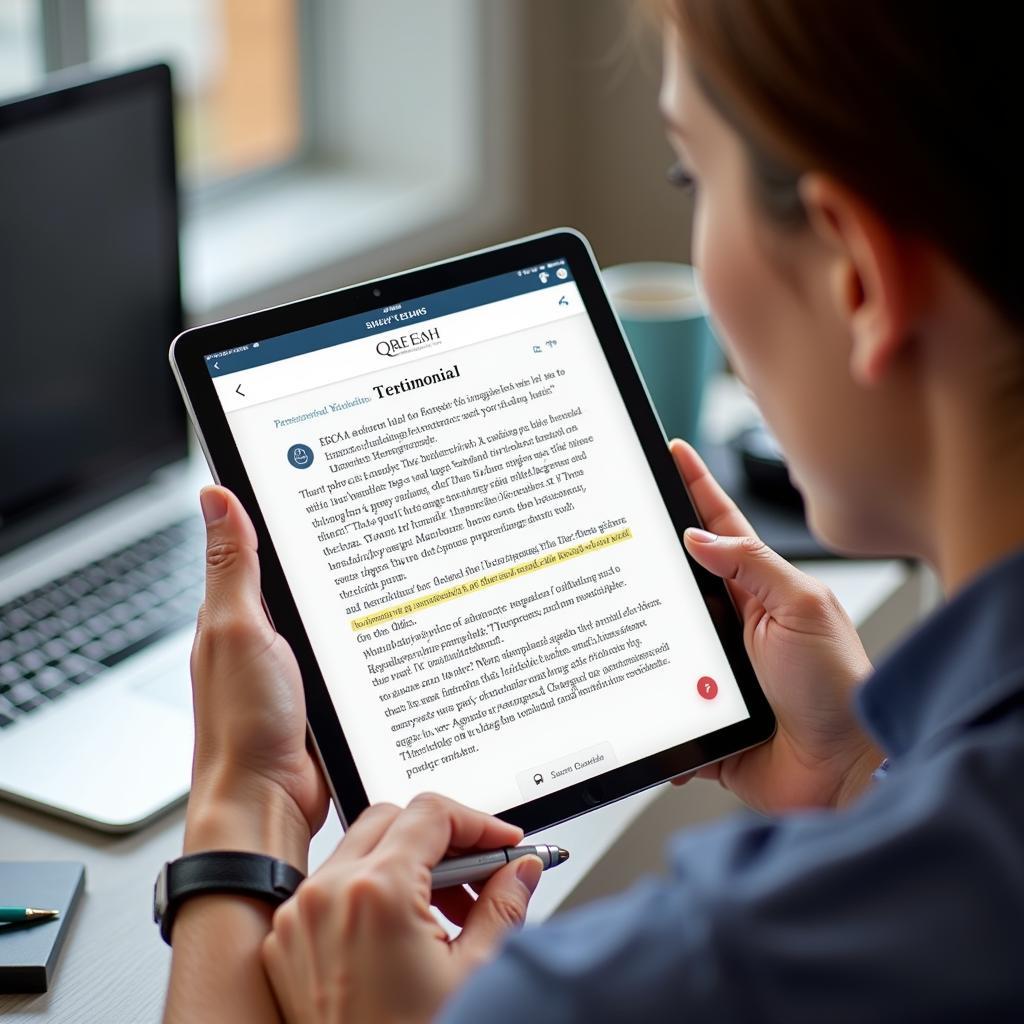ASEAN genesis marks a pivotal moment in Southeast Asian history, signifying the birth of a regional organization dedicated to peace, stability, and prosperity. The year 1967 witnessed the signing of the Bangkok Declaration, laying the foundation for what we know today as the Association of Southeast Asian Nations (ASEAN). This declaration wasn’t just a document; it was a promise, a shared vision for a region united by cooperation and mutual respect.
The genesis of ASEAN was not without its challenges. The region was fraught with political tensions, ideological differences, and the lingering effects of colonialism. However, the founding fathers of ASEAN, recognizing the shared destiny of their nations, chose to prioritize dialogue and collaboration over conflict. Their foresight and determination paved the way for a new era of regional cooperation. You can find more details on the founding year at asean 1967.
Understanding the Seeds of ASEAN Genesis
The seeds of ASEAN genesis were sown in the years leading up to 1967. The burgeoning desire for regional stability, coupled with the growing realization of the benefits of economic cooperation, created a fertile ground for the emergence of a regional organization. Several factors contributed to this momentum, including the shared experiences of post-colonial struggles, the need for a collective voice on the global stage, and the desire to mitigate the risks of Cold War rivalries spilling over into Southeast Asia.
The formation of ASEAN was not a spontaneous event. It was the culmination of years of careful deliberation and negotiation. The five founding members – Indonesia, Malaysia, the Philippines, Singapore, and Thailand – embarked on a journey of building trust and consensus, recognizing that their shared future depended on their ability to work together.
The Bangkok Declaration: A Cornerstone of ASEAN Genesis
The Bangkok Declaration, signed on August 8, 1967, served as the cornerstone of ASEAN genesis. This document outlined the fundamental principles and objectives of the organization, emphasizing regional peace and stability, economic growth, social progress, and cultural development. It laid the groundwork for a collaborative framework that would guide the interactions and cooperation among member states. For further information, visit asean bangkok 1967.
What were the primary aims of the Bangkok Declaration? The declaration sought to accelerate economic growth, social progress, and cultural development in the region. It aimed to promote regional peace and stability through adherence to the principles of the United Nations Charter. The declaration also emphasized the importance of cooperation among member states in various fields.
“The Bangkok Declaration was not just a statement of intent; it was a testament to the collective will of the founding members to shape a better future for their nations and the region as a whole,” shares Dr. Anya Sharma, a renowned Southeast Asian historian.
ASEAN Genesis: Beyond the Bangkok Declaration
The ASEAN genesis story extends beyond the signing of the Bangkok Declaration. The subsequent years witnessed the expansion of the organization’s membership, the deepening of regional integration, and the evolution of its mandate to address emerging challenges. ASEAN has emerged as a key player in the regional and global landscape, playing a crucial role in promoting dialogue, cooperation, and peace.
 ASEAN Genesis: A Foundation for Regional Cooperation
ASEAN Genesis: A Foundation for Regional Cooperation
ASEAN’s Evolving Role in the 21st Century
ASEAN genesis continues to shape the trajectory of Southeast Asia in the 21st century. The organization has adapted to the changing global landscape, addressing new challenges such as climate change, cybersecurity, and pandemics. ASEAN’s commitment to multilateralism and its focus on fostering inclusive and sustainable development have cemented its position as a vital force for regional stability and progress. For more on the development of ASEAN, explore asea genesis video.
How has ASEAN adapted to the 21st century? ASEAN has embraced new initiatives to address contemporary challenges, strengthened its partnerships with other regional and global organizations, and deepened its commitment to people-centered development.
“ASEAN’s ability to adapt and evolve is a testament to its enduring relevance and its capacity to navigate the complexities of the 21st century,” notes Professor Kenji Tanaka, a leading expert on regional integration. You can find information related to a later period in ASEAN’s history at asean 1976.
Conclusion: A Legacy of Cooperation
ASEAN genesis represents a landmark achievement in regional cooperation. From its humble beginnings in 1967, ASEAN has grown into a dynamic and influential organization, playing a pivotal role in shaping the political, economic, and social landscape of Southeast Asia. The legacy of ASEAN genesis continues to inspire and guide the region towards a future of shared prosperity and peace. Explore asea genesis español for information in Spanish.
FAQ
- What does ASEAN genesis refer to? It refers to the founding of ASEAN in 1967.
- When was ASEAN established? ASEAN was established on August 8, 1967.
- Where was the Bangkok Declaration signed? It was signed in Bangkok, Thailand.
- Who were the founding members of ASEAN? The founding members were Indonesia, Malaysia, the Philippines, Singapore, and Thailand.
- What is the significance of the Bangkok Declaration? It laid the foundation for ASEAN’s principles and objectives.
- How has ASEAN evolved over time? It has expanded its membership, deepened integration, and broadened its mandate.
- What is ASEAN’s role in the 21st century? ASEAN promotes regional stability, economic growth, and social progress.
Common Scenarios and Questions
What are the current challenges facing ASEAN? These include managing territorial disputes, promoting sustainable development, and addressing the impacts of climate change.
Further Exploration
For more information on ASEAN’s history and current initiatives, visit our website for related articles and resources.
Contact Us
When you need support, please contact Phone Number: 0369020373, Email: aseanmediadirectory@gmail.com or visit us at: Thôn Ngọc Liễn, Hiệp Hòa, Bắc Giang, Việt Nam. We have a 24/7 customer support team.

